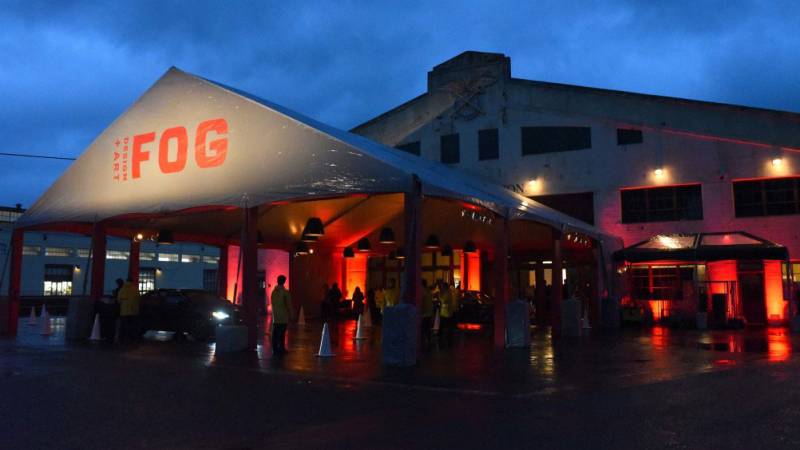SFJAZZ is moving ahead with its scheduled programming, even though the presenter just decided to move its annual gala from later this month until early June. SFJAZZ executive artistic director and founder Randall Kline says the organization has put many health and safety protocols in place, such as not allowing patrons to take drinks to their seats. He adds the gala is not going ahead owing to concerns about eating while unmasked at the gala dinner, where the seating arrangements are tight.
“Thank God we’re in a business that embraces improvisation,” says Kline. “We’re just trying to do the best we can with the tools that we have. It feels very similar to the beginning of the pandemic to me.”
Decisions left to arts groups
The city isn’t currently placing many limitations on arts and culture businesses. The days of mandated lockdowns and reduced capacity are gone, at least for now. (That said, stronger mandates are coming for mega-events—defined as indoor events of more than 500 people and outdoor events with more than 5,000 people—starting Feb. 1. )
“We are pretty much trying to give guidelines in a broader sense so that people have as much flexibility within their own individual organizations as possible to do what they want to do,” says Remington.
As a result, health and safety requirements for attending arts events, as well as decisions around whether they should go ahead or not, are very much within the hands of the individual groups. Many of them have been caught off-guard.
“Omicron threw us the curveball,” says SFJAZZ’s Kline, who says sales for the recent concert series by star trumpeter Chris Botti were down 15–20% from what his team had predicted. “Things were really looking great until omicron, and we were projecting that by the end of our season, we’d be looking close to recouping our previous losses. With omicron, the trend slowed down.”
“A year ago, people expected to be shut down and they didn’t anticipate revenue when they did their budgets,” says executive director for Californians for the Arts and California Arts Advocates, Julie Baker. “Whereas now people had made budgets anticipating that they were going to have revenue, that they were going to start seeing back-to-business kind of income. And so now all of a sudden, it’s ‘Oh no, I’m not meeting my budget.’”
Funding woes
Baker says arts groups are also concerned about the scarcity of relief funds at this point, and asking whether the state will create new opportunities for emergency funding this year.
“If there’s not going to be any kind of relief funding like we had with shuttered venues, operators grant or at the state level, the live venues grant program, there’s real serious concern that this is actually the year where it’s going to be really, really difficult for arts organizations financially to survive,” Baker says.


